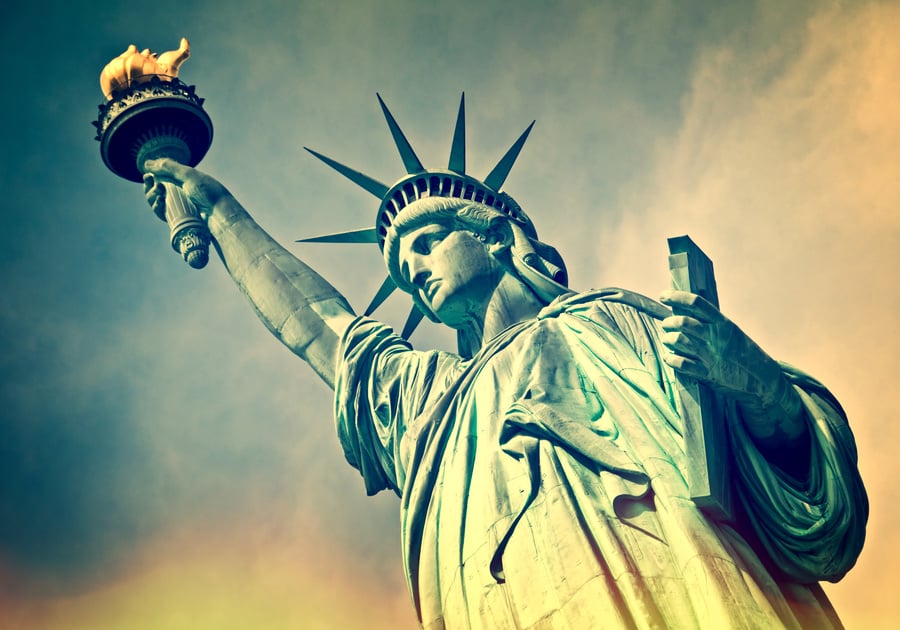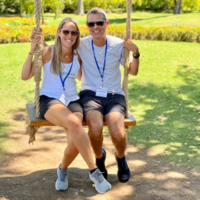School teachers do a fantastic job of making history come alive from the pages of a book, yet there is no better way to learn about history than to travel to the places that embody and commemorate historical events.
We have compiled a list of six trips that are certain to not only teach your kids about pivotal moments in American history, but to stimulate and foster a lifelong love of travel and learning.
1. The First Americans. Mesa Verde, Colorado
Dwell on This: As mysterious as it is fascinating, Mesa Verde National Park (a UNESCO World Heritage Site) in southwestern Colorado is home to nearly 5,000 known archeological sites, including 600 cliff dwellings, many of which are considered the best preserved in the U.S.
Mesa Verde makes many lists of must-see places to visit in one's lifetime and once there, you will quickly see why. Mesa Verde offers an unparalleled opportunity to see and experience the life of the Ancestral Pueblo people who made this area their home for over 700 years (600-1300 CE). The most awe-inspiring of the ancient structures are the cliff dwellings overlooking massively deep canyons, ranging in size from one-room storage units to villages of more than 150 rooms. Pick up the Mesa Verde Junior Ranger Booklet for activities and learning experiences geared toward kids.
Also worth visiting while in the area is the Canyon of the Ancients, which contains the highest known archaeological site density in the United States, with rich, well-preserved evidence of native cultures; the stunningly beautiful Monument Valley; and nearby Mystery Valley (only accessible with a Navajo tour guide) to see Ancestral Puebloan ruins and natural arches.
Plan to spend several days walking (and in some cases climbing) in the footsteps of the first Americans.
2. Colonial Williamsburg. Williamsburg, Virginia
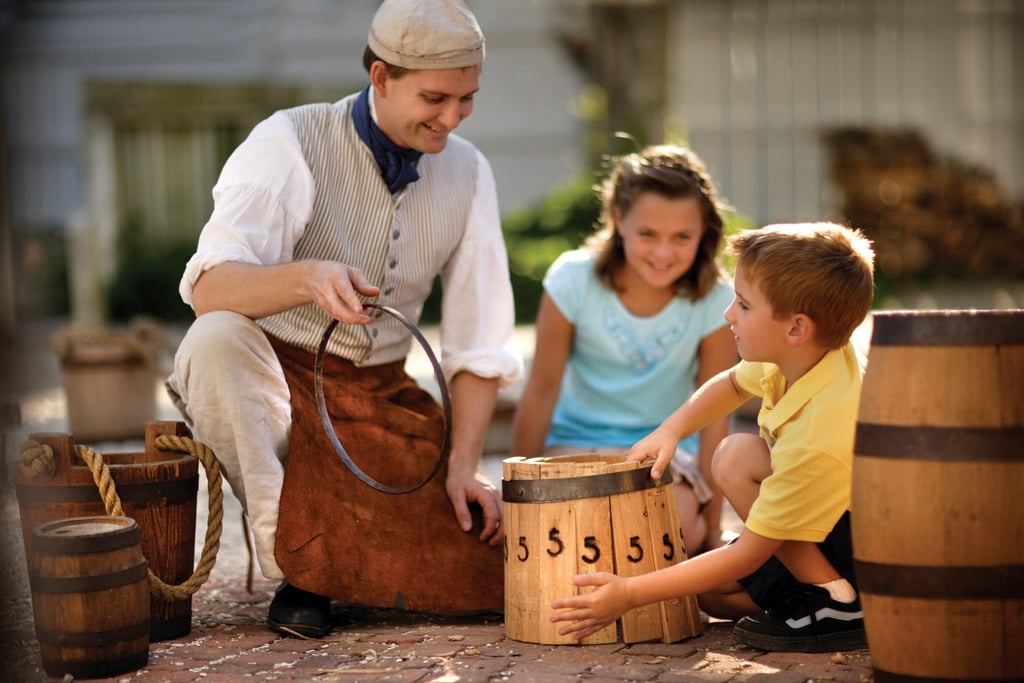
Live it Up: If you truly want to give your children the gift of experiencing what life was like during colonial times, there is no better place to do so than at the living history museum that is Colonial Williamsburg. Step back into the 18th century where you’ll meet a whole cast of characters including tradespeople, members of royalty, red coats, farmers, and colonial children, to name a few.
Experience what life was like firsthand -- watch brickmakers mold and dry thousands of bricks, take part in the daily activities of prosperous 18th-century family, watch a family of thespians performing original plays on the site of a theater built in 1716, take a carriage ride, visit a working blacksmith, and much more. For a truly authentic experience, children's costumes are available for rent at the visitor's center.
Spend at least one full day in the 18th century, but some insiders suggest a two-day visit to really be able to see everything Colonial Williamsburg has to offer.
3. Revolutionary War. Boston, Massachusetts
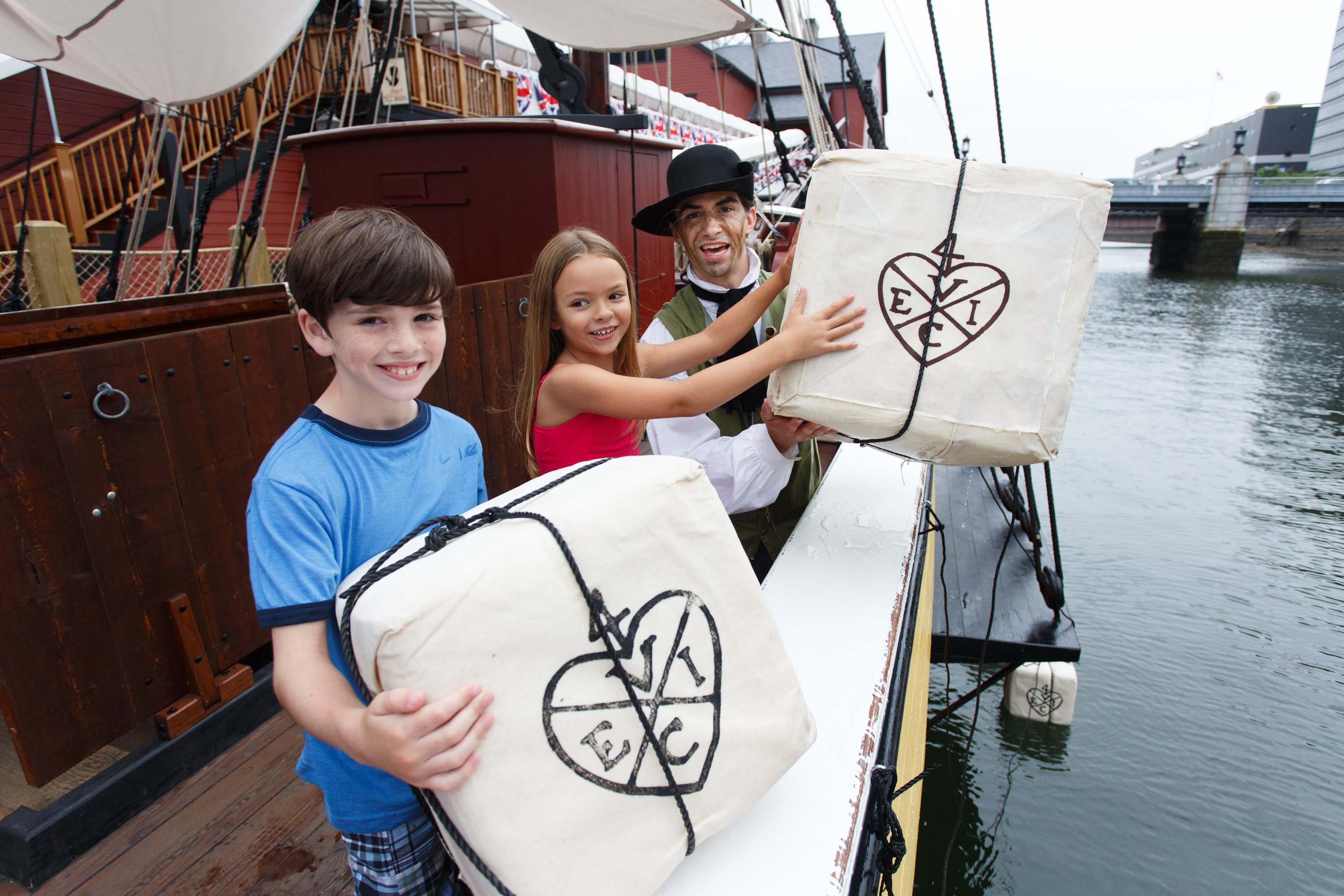
No Tea for You: There is no better place to relive the birth of the nation than Boston, Massachusetts. And the best place to start is at the site of the event credited as the impetus for the Revolutionary War.
Families can relive the Boston Tea Party and life at sea during the 18th century at the Boston Tea Party Museum. Hang with the Sons of Liberty and storm aboard one of two tea ships to take the helm; go below to explore the crew’s quarters, cargo hold, and the Captain's cabin; and then throw tea into the same harbor where the Boston Tea Party took place over 240 years ago. During a visit a couple of years ago, my then 3-year-old threw a bale of tea over the edge, turned back to us and said excitedly, "I want to do it again!"
Huzzah!
One if by Land, Two if By Sea: After you have demonstrated to the un-caffeinated British that you will not be taxed without representation, plan to walk in the steps of Revolutionary heroes on the 2.5-mile red-bricked Freedom Trail. Along the way, there are 250 years of history and 16 historic sites open for touring.
Revolutionary highlights include: The Old North Church, home to the signal that sent Paul Revere on his famous "Midnight Ride"; the Paul Revere House, built around 1680 and the oldest remaining structure in downtown Boston; the 300-year-old Old South Meeting House from which the Sons of Liberty led the way to dump 342 chests of tea into the harbor; Faneuil Hall, the 277-year-old building that housed America's first town hall and is often referred to as "the home of free speech" and the "Cradle of Liberty"; The Old State House, the oldest surviving public building in Boston and the current home to the Freedom Trail Museum; and the Bunker Hill Monument, commemorating the first major battle of the Revolutionary War, which is said to have predicted the character and outcome of the rest of the war.
Take a self-guided tour of the trail or opt for one of many walking tours led by knowledgeable and entertaining costumed guides. Even though each tour is only 90 minutes, plan to spend one to several days touring the Freedom Trail, depending on how many sites you are interested in seeing. A few days to run through 250 years of history? Sounds like an efficient use of time to me.
4. Slavery and the Civil War. Richmond, Virginia, and Gettysburg, Pennsylvania
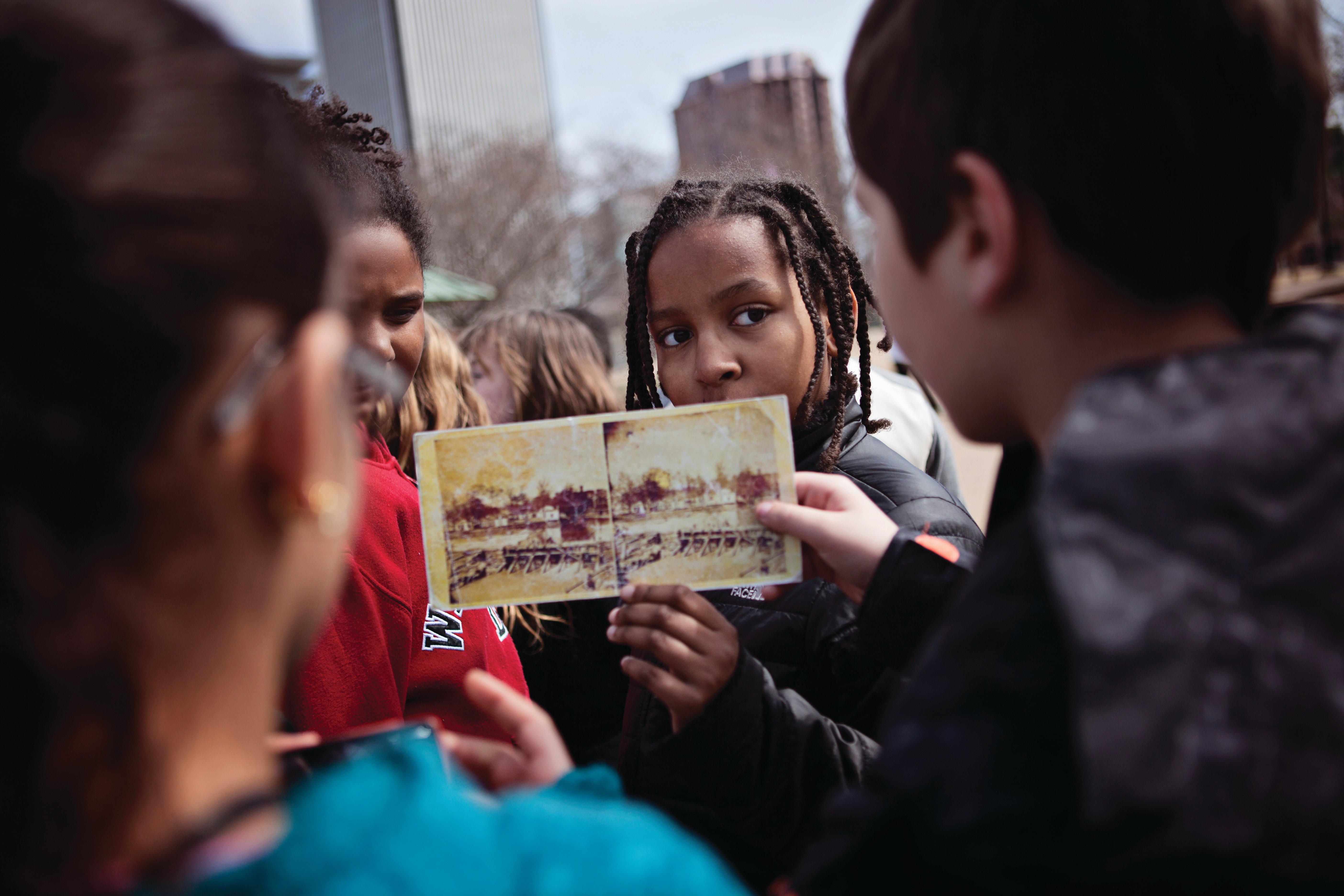
Liberty and Justice for All: It is impossible to understand the years that encompass the birth of the nation without understanding the harsh realities of life as a slave.
Richmond, Virginia, is home to The American Civil War Museum at Historic Tredegar, which explores the American Civil War from multiple perspectives: Union and Confederate; enslaved and free African Americans; and soldiers and civilians (please note that the museum is undergoing an expansive reconstruction, set to be completed in early 2019).
After visiting the museum, plan to walk the Richmond Slave Trail, a self-guided 3.5-mile walking trail that chronicles the history of the trade of enslaved Africans from Africa to Virginia until 1775, and away from Virginia to other locations in the Americas until 1865. It begins at Manchester Docks, a major port in the massive downriver Slave Trade that made Richmond the largest source of enslaved Africans on the east coast of America from 1830 to 1860.
The trail then follows a route through the slave markets of Richmond, beside the Reconciliation Statue commemorating the international triangular slave trade, past Lumpkin's Slave Jail and the Negro Burial Ground to First African Baptist Church, a center of African-American life in pre-Civil War Richmond. There are 17 sites along the trail, and although the original structures no longer exist, each site is marked with a plaque offering insight into the significance of each site. Check for guided tours, which are offered on occasion. Some accounts indicate that it takes about three hours to complete the trail.
While the Slave Trail is certain to teach your children a bit about the history of the slave trade in Virginia, it is not specifically geared towards children. Children's books can be helpful tools to make the crucial lessons learned here more relatable. Some of my favorites: Sweet Clara and the Freedom Quilt, Henry's Freedom Box, Moses: When Harriet Tubman Led Her People to Freedom, Sojourner Truth's Step-Stomp Stride, and Never Forgotten.
After exploring Richmond, take a road trip north to Pennsylvania to the National Civil War Museum, where you can further examine the story of the Civil War from an equally balanced, humanistic perspective.
Next, explore historic sites and properties associated with the abolitionist movement and the Underground Railroad by taking one of many road trips dedicated to learning about important figures in the fight for emancipation such as Francis Harper, William Goodridge, Thaddeus Stevens, Basil Biggs, and Sarah McKim.
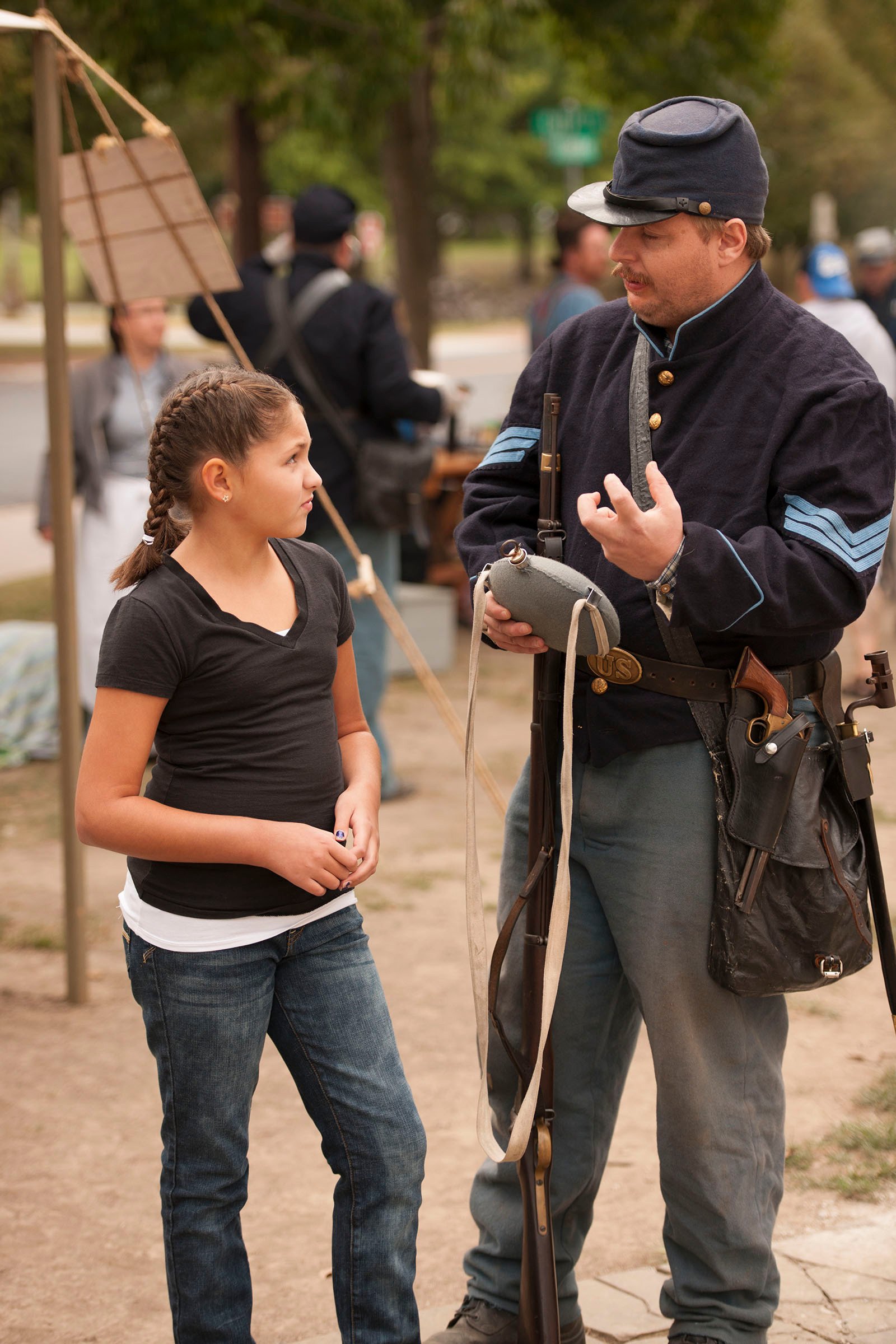
Four Score and Seven Years Ago: While in Pennsylvania, visit Gettysburg National Park, the site of the 1863 Civil War Battle and Lincoln's famous Gettysburg Address, given four months later. The Civil War is an important part of the history of this country as it solidified the union of our nation and ended the horrific slave trade. Learning the lessons of our past is not of small importance, and can help to ensure that past atrocities are not repeated.
There are multiple, family-friendly ways to tour the battlefield, including double-decker bus tours, horse-drawn carriage tours, horseback tours, bicycle tours, scoot-coupe tours, Segway tours, and auto tours. Also, the InSite Gettysburg iPad tour offers a neat, hands-on experience for your technology-inclined kids. It follows along the 16-stop auto tour route and uses augmented reality (think Pokémon Go) to tell the story of the battle.
However, if you really want to experience what life was like during the war, every weekend from April to October Civil War living historians encamp on the battlefield. Families can interact with the historians and watch as they demonstrate the tools, tactics, and firepower of the two armies that waged war across these fields.
After touring the battlefield, head over to The Gettysburg Heritage Center where guests can witness the battle from both the perspective of the soldiers and the townspeople. Take that a step further at The Shriver House Museum which details the civilian experience of Gettysburg and what the townspeople endured during and after the battle -- this is told through the story of two young girls from the Shriver Family, ages 5 and 7, making the experience relatable to young kids.
Plan to spend several days learning about the impact of slavery, the fight for freedom, and the war that solidified our nation.
5. The Immigration Boom. New York City
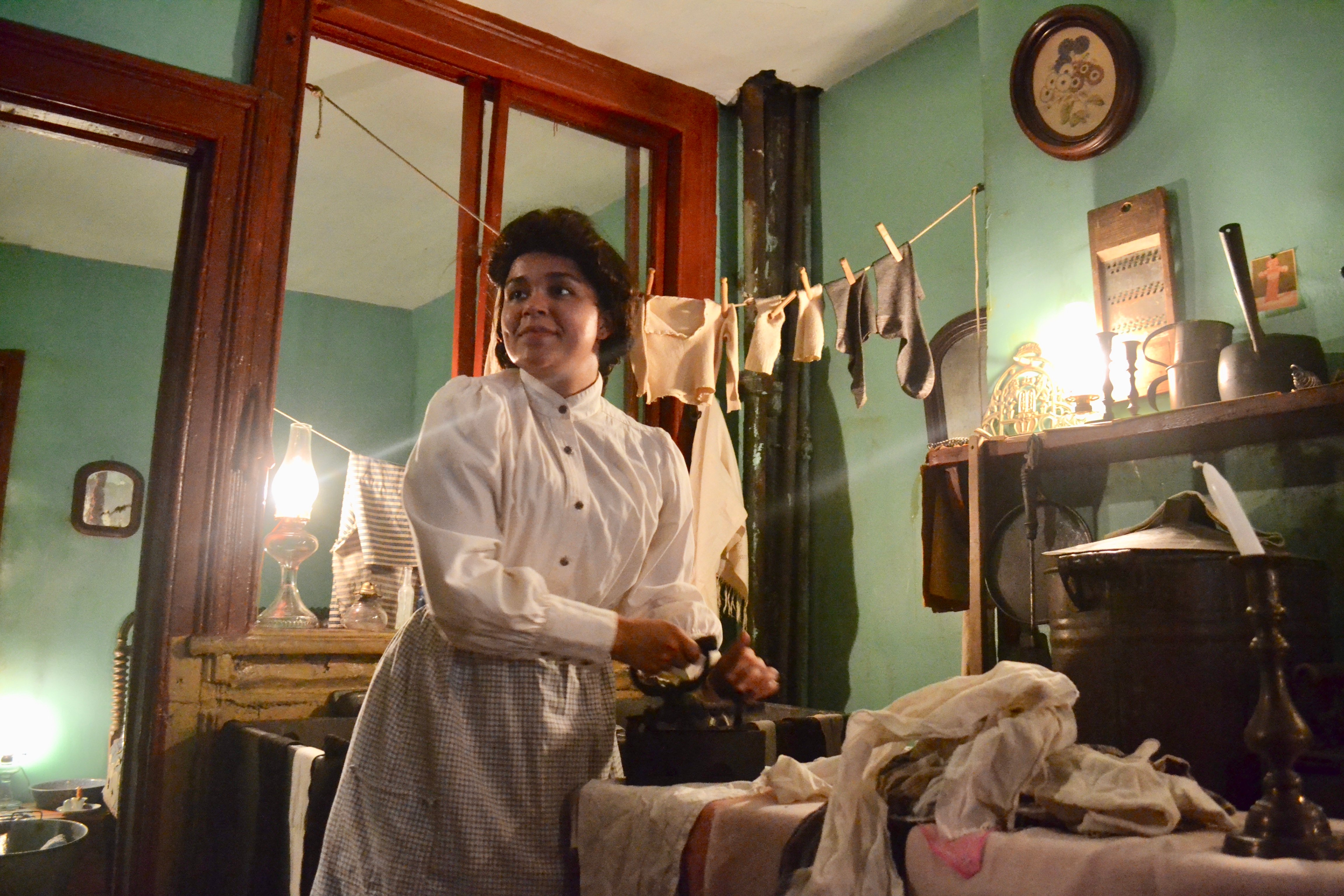
Won't You Be My Neighbor: America would not be America and there would not be an "American Dream" without its rich history of immigration and the tremendous contributions immigrants have made to our country. A history that the vast majority of us share -- unless you are 100 percent Native American. There is no better place to explore this rich immigrant history than New York City.
According to the Liberty Ellis Foundation, from around 1880 through 1930, there was a period of rapid industrialization and America experienced a major wave of immigration, during which over 27 million people entered the United States. Take a boat over to visit Ellis Island to begin your trip where life in America began for 12 million people during this time period. "A Brief Passage in U.S. Immigration History," from the New York Public Library, says "an average of 10,000 people were processed each day. At its peak in 1907, the center bulged with 21,000 individuals in a single day."
When you have learned all about Ellis Island (and have maybe even found records of your own ancestors) head to Liberty Island, to tour the Statue of Liberty, the ultimate symbol of freedom to millions around the world.
Next, experience what life was like for these immigrants at The Tenement Museum in Manhattan's Lower East Side. This living history museum tells the stories of immigrants who started their lives in America between the 19th and 21st centuries through walking tours and the recreated apartments and businesses of real families in two historic tenement buildings. During that era, the buildings housed over 15,000 working-class immigrants from over 20 nations. Meet the residents of 97 Orchard Street, including 14-year-old Victoria Confino, who lived there in 1916, and ask her questions about her life to get a unique perspective on adjusting to life on the Lower East Side. Check for ages, dates, and times of offered experiences before you go.
Another great museum in New York City to learn about the influence of immigrants on America is the DiMenna Children’s History Museum, which "focuses on the life stories of a diverse selection of youngsters who lived in New York City from the late seventeenth through the twentieth centuries." Learn about young Cornelia van Varick (b. 1692), the daughter of a Dutch merchant; teenaged Alexander Hamilton, the West Indian immigrant who became the first U.S. Secretary of the Treasury; young James McCune Smith, the first African American medical doctor; and young Esteban Bellán, the first Latin American to play baseball in the U. S. The museum also tells the story of the children who rode the orphan trains from New York City to rural areas in the late nineteenth and early twentieth centuries, and the newsboys and girls who sold newspapers on the city streets in the twentieth century.
Other spots include the Museum of Chinese in America to learn about the Chinese-American experience and El Museo del Bario to discover the artistic landscape of Latino, Caribbean, and Latin American cultures.
Plan three or more days to adequately explore the immigration experience in New York City.
6. The Civil Rights Movement. Atlanta, Georgia
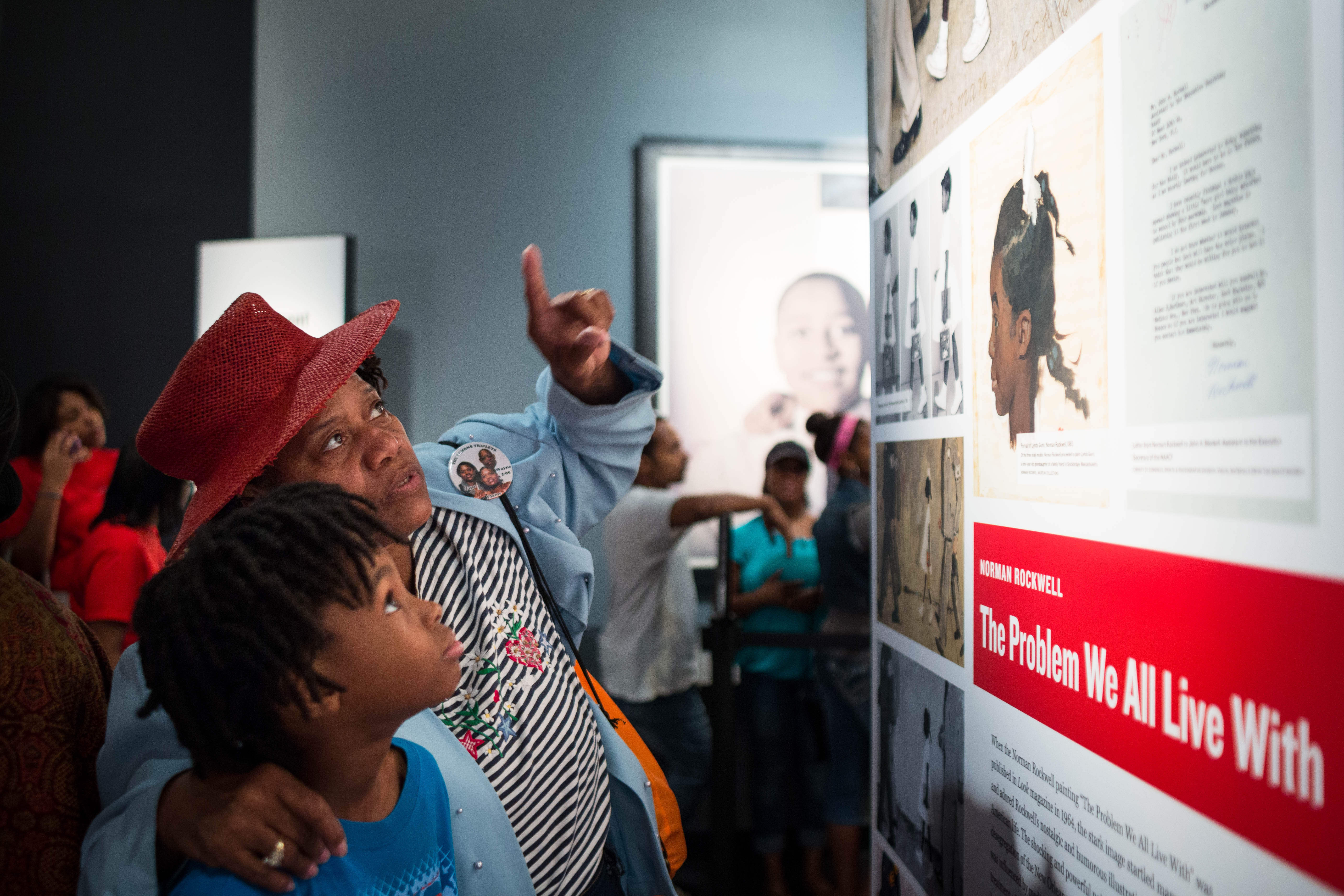
I Have a Dream: Atlanta, Georgia, known as the home of the tumultuous and defining civil rights movement, is an ideal city to visit to educate, commemorate, and experience this extremely pivotal movement in American History.
Atlanta is home to several important landmarks, including the Martin Luther King Jr. National Historic Park, a 35-acre family-friendly park containing many significant sites that offer a glimpse of the "underlying historical struggles of the south, as well as the life and legacy of Dr. Martin Luther King Jr," according to the Atlanta Convention and Visitors Bureau.
Here, walk in the footsteps of heroes at the International Civil Rights Walk of Fame, featuring authentic shoe prints of civil rights pioneers. Schedule a tour with a park ranger at Martin Luther King Jr.'s boyhood home where your children will love hearing stories of Dr. King getting into mischief as a child; stop by the historic Fire Station No. 6 to hear about the South's first desegregated firehouses; and view a 1927 American LaFrance fire engine. Then visit the church where King was baptized and was a pastor and listen to his famous "I Have a Dream" speech given by one of the few people certified by the King family to give this speech. In the words of a Meghan Stritar, a recent visitor to the church, "You are sitting in Dr. King's church, listening to Dr. King's speech. It. Is. Incredible."
Next, visit The King Center to pay your respects at Dr. and Mrs. King's Tomb and view the Eternal Flame.
If you have older children, The Center for Civil and Human Rights connects the American Civil Rights Movement to today’s global human rights movements and presents a glimpse into the harsh realities faced by those who were not granted the rights that should have been bestowed on all human beings. View pictures of those who lost their lives in the movement, participate in a simulation experience of the restaurant counter sit-ins and view a giant world map with each country color-coded to represent the level of freedoms afforded to their citizens. On a recent visit, one young girl was so moved by the map that she left the center and immediately wrote a letter to the government of one of the poorest-performing countries demanding they do better.
We still have a long way to go, so fostering a deep appreciation of those who fought for equality for all human beings is an integral part of instilling a sense of not only historical reverence, but compassion, empathy, and future-forward social justice in our children's hearts and minds.
Plan to spend at least two days reliving the importance of the American Civil Rights Movement.
If you have any suggestions for other trips to teach your children about American history please let us know!
Follow Macaroni Kid Family Travel and Ashley's family adventures on Instagram at @MacKidTravel and @MacKidAshley.

